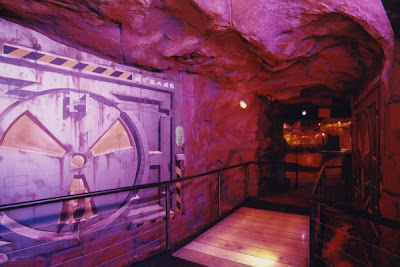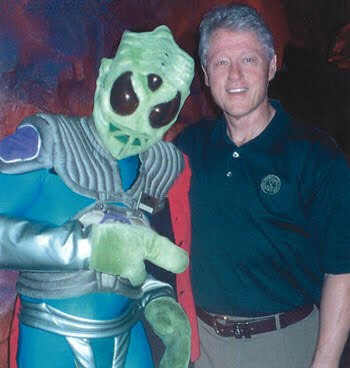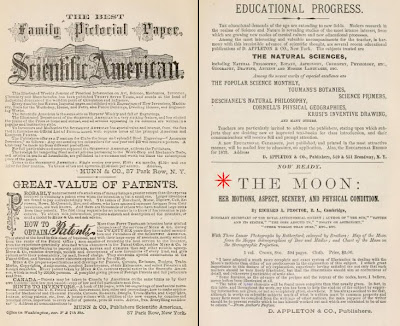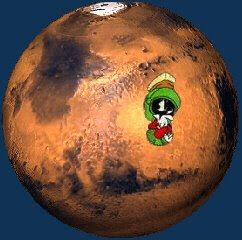An exciting update: The Russian and European Space Agencies have set May 2010 as their magic month for the next stage in The Mars500! This amazing project will be the first full-duration simulated mission to Mars.
Last year, a crew of six cosmonauts entered a specially-designed facility meant to act as a self-sustaining spacecraft for 105 days, to study the effects of isolation, finite food and water, artificial atmosphere and communications. A new team is being auditioned for the much-anticipated 18-month version. Can they stay healthy and sane through this process??
"It is literally isolated compared to the ISS, where you have arriving and departing vehicles, crew being exchanged every 2-4 months. You have contact with the ground and always have new experiments. In the Mars simulation, you will depart with a certain set of consumables and equipment -- and the door never opens." – Martin Zell, ESA's ISS Utilisation Department

Interconnected "Space Craft" Modules
No showers, No windows.
No showers, No windows.
Europe, Russia and now China are narrowing down their candidates, and the final six will be hermetically isolated. They will follow a seven-day week with two days off, and tasks performed will be comparable to those of ISS astronauts (maintenance, science, daily exercise) but for a far longer time.
The ESA has also now published many of the complex scientific protocols:
- Adaptation, group structure and communications of isolated crews
- Association between psychological and cardiac functioning
- Maintaining physical fitness by resistive vibration exercise
- Evaluation of stress and immunity
- Effect of blue-enhanced light on alertness and sleep-wake behavior
- Medical skill maintenance during long duration space flight
- Group dynamics, loneliness and emotional adaptation to confinement
- Personal values: implications for interpersonal compatibility

Орлан Модернизированни - Компютеризированниы
("Modernized Computer-aided Sea Eagle")
("Modernized Computer-aided Sea Eagle")
What will be the effects on hormones, sleep quality, mood, stress and physical shape? Time will tell. Once the 'journey' to Mars is completed, the team will also use modified Martian versions of Russian Orlan-MK space suits to simulate a trip to the 'surface' of the red planet.
"You've got to be a bit crazy to undertake this venture, but it's a healthy craziness. I will miss my family and friends, nature itself, and all the things we take for granted on Earth, such as the internet. And girls -- that's something I'll definitely miss." - Columbian-Italian candidate Diego Urbina (26)
For related press, see this detailed story by BBC Science correspondent Jonathan Amos and also note the Mars500 blog has been updated on the ESA site.



































































































